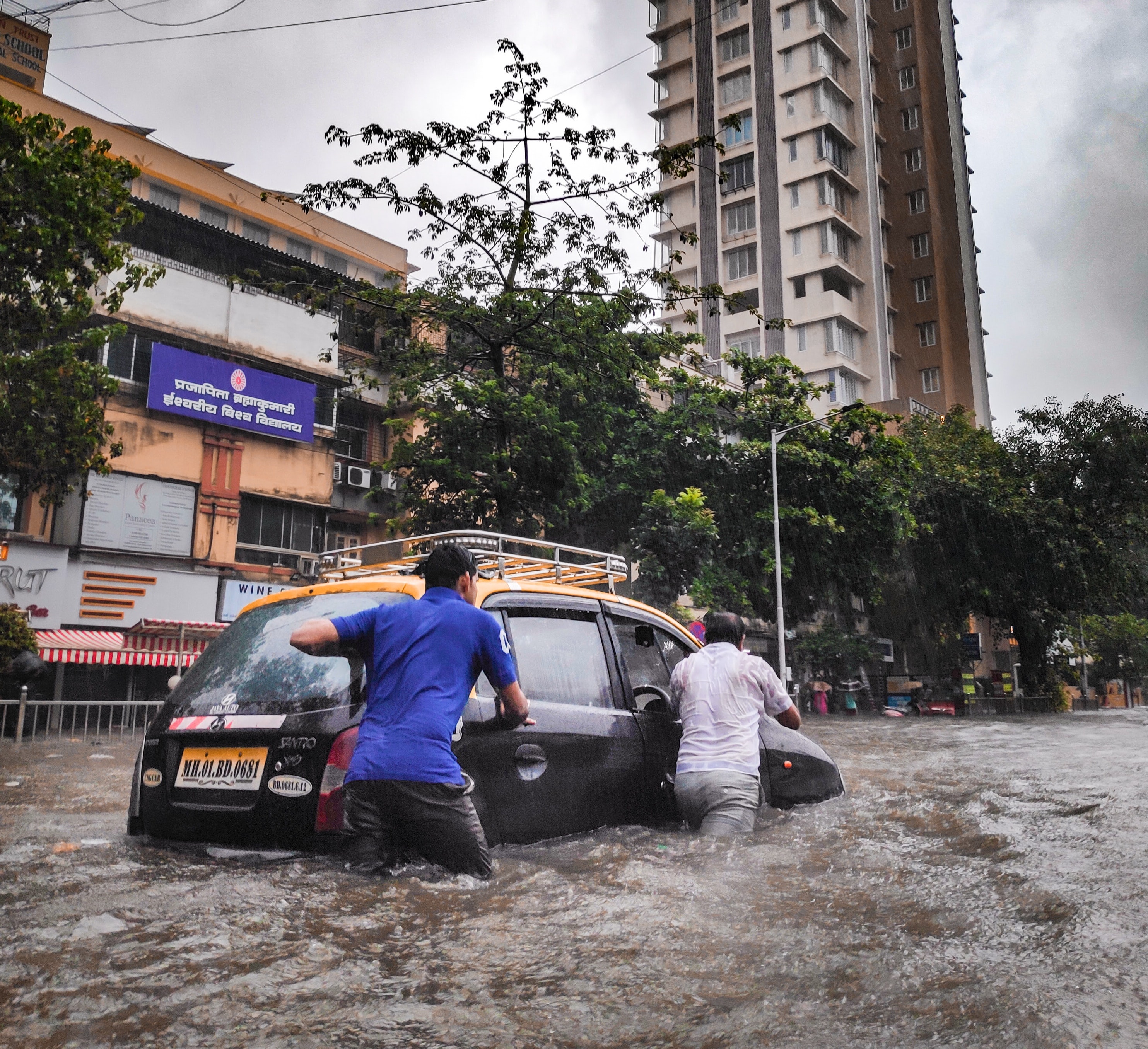Engineering Grade Flood Hazard Modeling
Zeppelin brings engineering grade flood hazard models to regional scales. Read about our technology's origins.

Motivation
Flood losses are escalating throughout the world. Damage can be prevented with resilient infrastructure and planning from local government leaders; however, available flood risk data is outdated, expensive, and time-consuming to model. Presently, communities struggle to fund flood modeling studies and evaluate which mitigation projects have the greatest risk reduction. In turn, these communities fail to receive mitigation funding and individuals continue to experience worsening flood risks.
To fill in the gap, Zeppelin Floods developed flood modeling technology that creates high resolution risk data at a fraction of the cost of existing services.
Zeppelin's engineering grade modeling fills the space of decision-making support that wasn't being addressed by other providers.
A combination of super-computing and algorithmic innovations allow Zeppelin Technology to make flood impact
predictions at such high resolutions and regional scales. Zeppelin's innovations were refined through
NSF's I-Corps program and
partially funded through the UC Irvine POP Grants program.
How Zeppelin Works
- It starts with your community. Upload the locations of important assets to the Zeppelin platform
- High quality topographic data is the foundation of Zeppelin Models
- We account for drainage and hard infrastructure to accurately predict flooding in urban areas. You provide your agency's planned infrastructure's dimensions and locations
- From storm surges to extreme high tides, we can simulate a wide range of oceanic flooding conditions
- Simulate extreme rainfall conditions to resolve flooding impacts along transportation networks and low lying areas
- The PRIMO model produces predictions of flooding depth, extent, elevation, and forces at your locations
- Visualize flood impacts through our interactive viewer
- Provide suggestions for new scenarios
- Ingest our map tiles for integration with your mapping application
Static Inputs
Dynamic Inputs
Simulation Outputs
